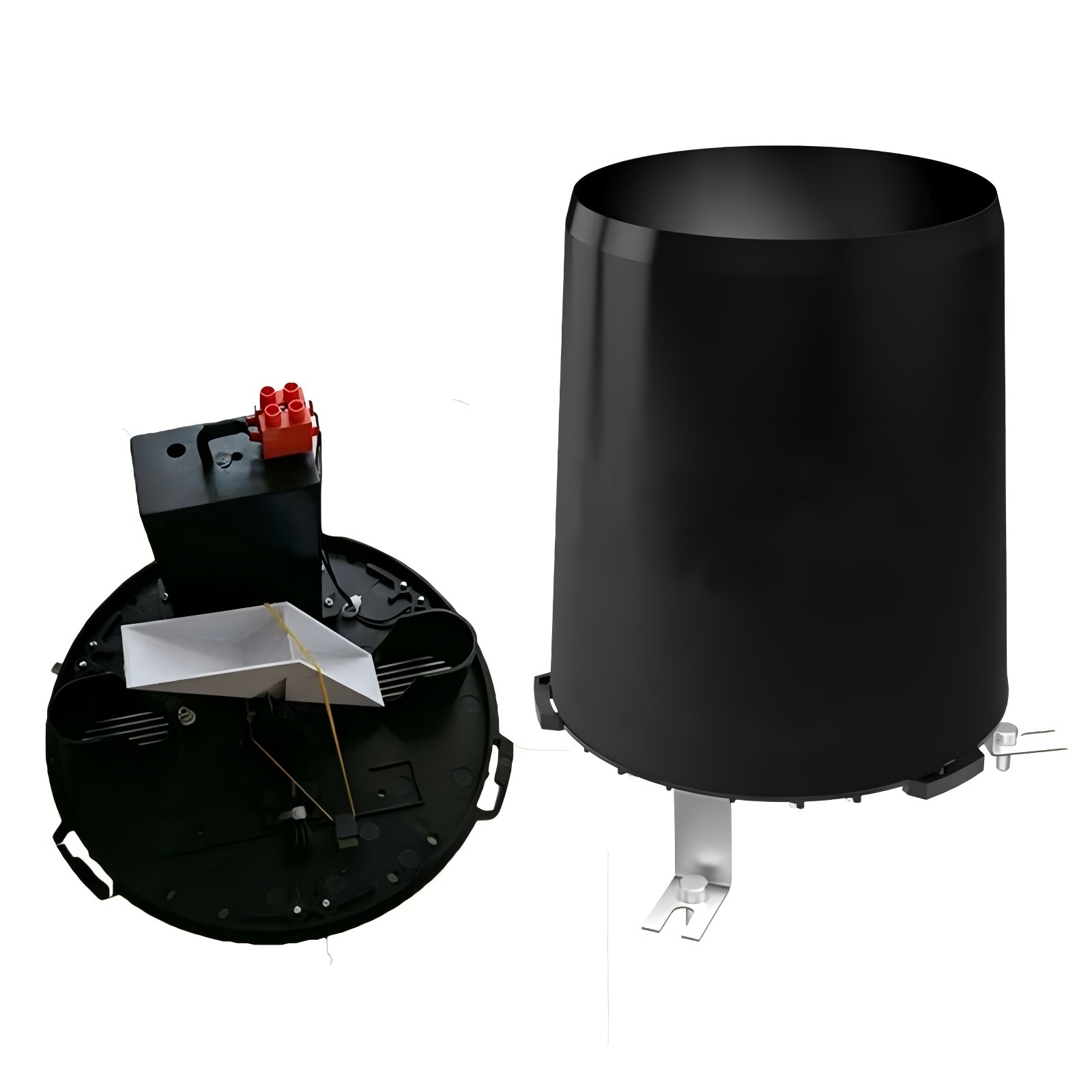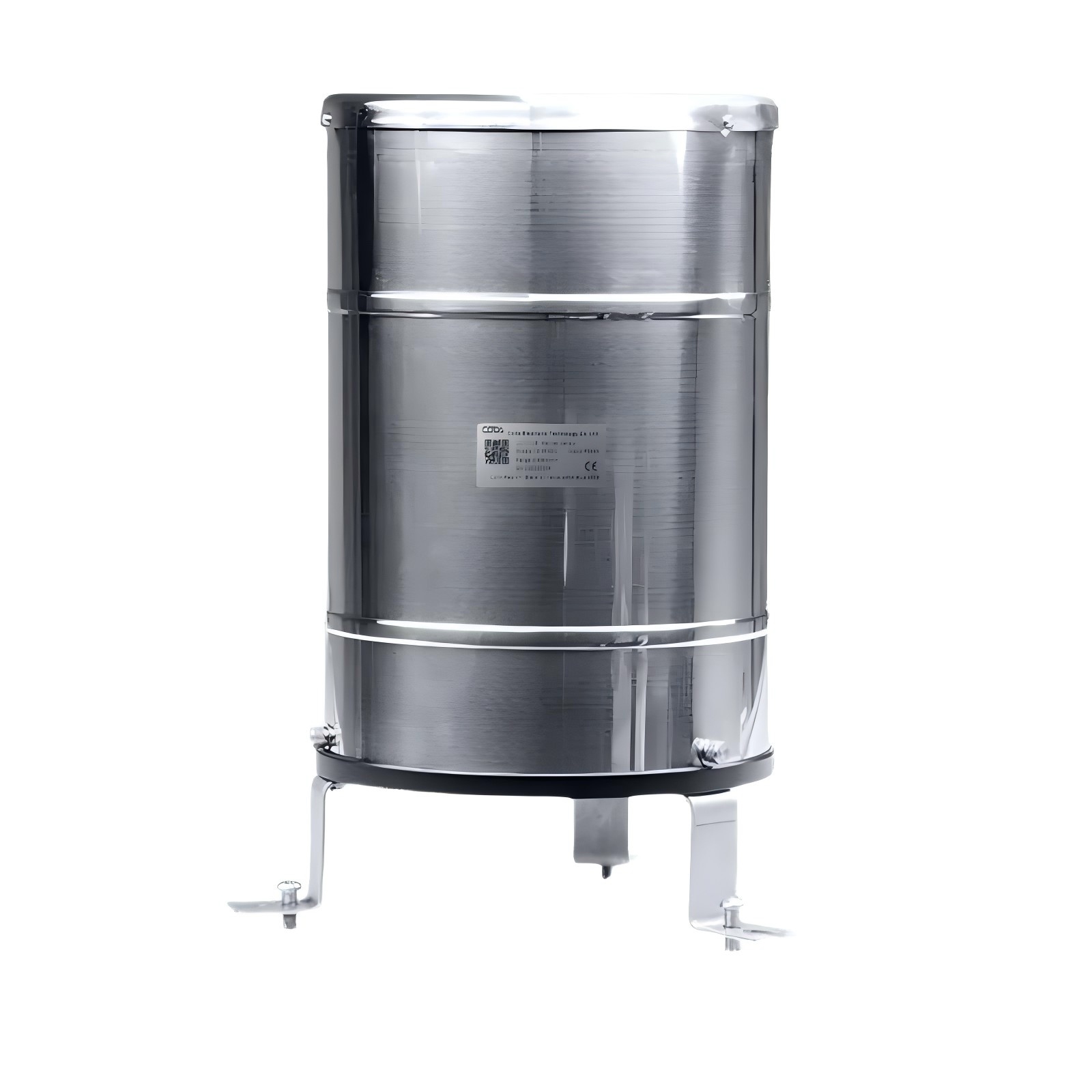Rain gauges are important tools for measuring rainfall. One of the most common types is the tipping bucket rain gauge.
These devices collect rain in a small bucket. Once someone fills the bucket, it overturns. This action triggers a counter to record the rainfall amount.
The choice of materials, such as ABS plastic and stainless steel, is important for tipping bucket rain gauges. These materials affect their effectiveness, durability, and ability to work in different environments. This article will compare ABS and stainless steel rain gauges. This will help users find the best type for their needs.

Acrylonitrile Butadiene Styrene (ABS) is a popular thermoplastic polymer known for its strength, lightweight nature, and resistance to impact. It is commonly used in a variety of industrial and consumer products, including tipping bucket rain gauges.
Lightweight and Easy to Install: ABS plastic is significantly lighter than metals like stainless steel. This makes ABS tipping bucket rain gauges easier to move and set up. This is especially true in remote places or areas with little access to heavy machines.
Cost-Effective: ABS costs less than stainless steel. This means rain gauges made from ABS have a lower upfront cost. ABS tipping bucket rain gauges are a popular choice because they are cost-effective. They work well for budget-sensitive uses like agricultural monitoring, education, and small weather stations.
Corrosion-Resistant: Unlike metals, ABS does not rust, which makes it resistant to corrosion in wet or humid environments. This corrosion resistance helps ABS tipping bucket rain gauges last a long time. This is especially true in places with lots of rain or high humidity.
Impact Resistance: ABS is known for its toughness and ability to absorb impact. ABS tipping bucket rain gauges are exceptionally durable. They can withstand physical stress and accidental damage. This is true in places like agricultural fields or busy urban areas.
Good for Moderate Environments: ABS tipping bucket rain gauges work well in places without extreme weather. They perform well in moderate to mild climates and are well-suited for general meteorological purposes.
Lower Temperature Resistance: While ABS is durable, it has a lower heat resistance compared to metals like stainless steel. In areas where temperatures can drop significantly, ABS can become brittle and may crack under extreme cold.
UV Degradation: ABS plastic can break down over time when it is exposed to long-term UV rays from the sun. This can happen unless it is treated with UV-resistant coatings. Over time, this degradation can lead to discoloration or brittleness, which can affect the gauge’s longevity and performance.
Less Sturdy Than Metal: While ABS is impact-resistant, it is still not as rigid or robust as stainless steel. In places with severe weather, like strong winds, heavy snow, or hail, ABS tipping bucket rain gauges may wear out faster than metal ones.

Stainless steel is a corrosion-resistant metal known for its strength, durability, and ability to withstand harsh environmental conditions. Stainless steel tipping bucket rain gauges are designed to offer enhanced performance in more demanding environments.
Stainless steel is exceptionally strong and lasts a long time. It can resist damage, making it great for tough conditions. Stronger than ABS.
This ensures it lasts longer in tough conditions. These conditions include extreme weather and high physical stress. Examples are mountainous areas, industrial sites, or offshore platforms.
High Temperature Resistance: Stainless steel can handle higher temperatures than ABS. This makes it good for places with significant temperature fluctuations. Stainless steel tipping bucket rain gauges can handle heat and cold. This helps them stay strong in all seasons.
Corrosion Resistance: Stainless steel forms a passive oxide layer that protects it from rust and corrosion. This makes it an excellent choice for coastal areas, where saltwater can accelerate corrosion in metals. Stainless steel tipping bucket rain gauges are built to last in wet, salty, or humid environments.
UV Stability: Unlike ABS, stainless steel does not degrade when exposed to UV radiation from the sun. Stainless steel tipping bucket rain gauges are great for long-term outdoor use in sunny areas. They perform well without needing protective coatings.
Very Accurate and Reliable: Stainless steel tipping bucket rain gauges are often used in weather stations and research. They are known for their precision and dependability. Their strong design makes sure they can withstand high winds, hail, and heavy rain. They provide accurate measurements in any weather.
Heavier and More Expensive: Stainless steel tipping bucket rain gauges are generally heavier and more expensive than ABS models. This extra weight can make transportation and installation harder. This is especially true in remote areas or places that are hard to reach.
Higher Initial Cost: Making stainless steel rain gauges costs more. This means a bigger initial investment than ABS options. For large-scale deployments, this can result in higher overall project costs.
Prone to Scratches: Although stainless steel is corrosion-resistant, it is more prone to scratching and dents than ABS. In places with a lot of physical contact or rough handling, stainless steel rain gauges may look worse over time. However, their performance stays the same.
The choice between an ABS tipping bucket rain gauge and a stainless steel one depends on your needs. It also depends on the environment where the gauge will be used.
For budget-friendly options in milder areas, consider ABS tipping bucket rain gauges. They are lightweight and suitable for farms, schools, or local weather stations. They are easy to install and maintain.
In harsh conditions, durability and rust resistance are key. Stainless steel tipping bucket rain gauges are a better option.
This includes places like coastal areas, high-altitude locations, and industrial settings. They offer a strong and reliable option for long-term performance. These gauges are ideal for use in professional meteorological networks, offshore platforms, or areas with extreme weather conditions.
Both ABS and stainless steel tipping bucket rain gauges have unique benefits. These benefits depend on what the user needs. ABS rain gauges are light, affordable, and work well in moderate climates. This makes them good for general use.
Stainless steel rain gauges are strong and resist temperature and corrosion. This makes them great for tough environments and high-performance uses. Knowing the specific needs of your project and the conditions for using the rain gauge will help you pick the best material. This will ensure accurate and reliable measurement of precipitation.
Learn how CODA Sensor solar radiation and PAR se
Discover how real-time weather station data impr
Discover how Automatic Weather Stations (AWS) ar
Contact: Molly
Phone: +86-17775769236
Tel: 86-0731-85117089
Email: molly@codasensor.com
Add: Building S5, Aux Square, Yuelu District, Changsha City, Hunan Province, China
We chat